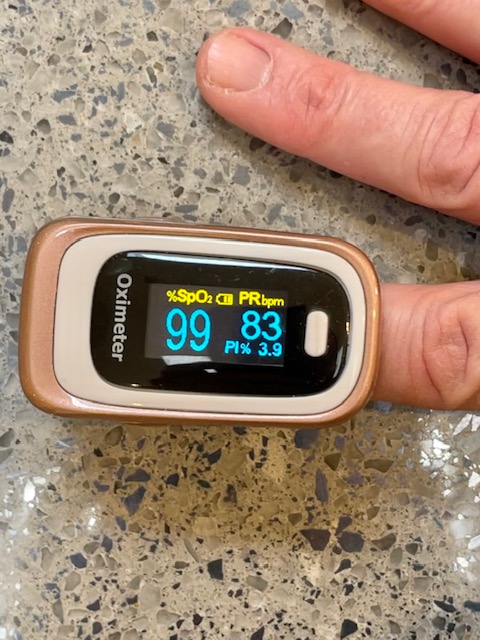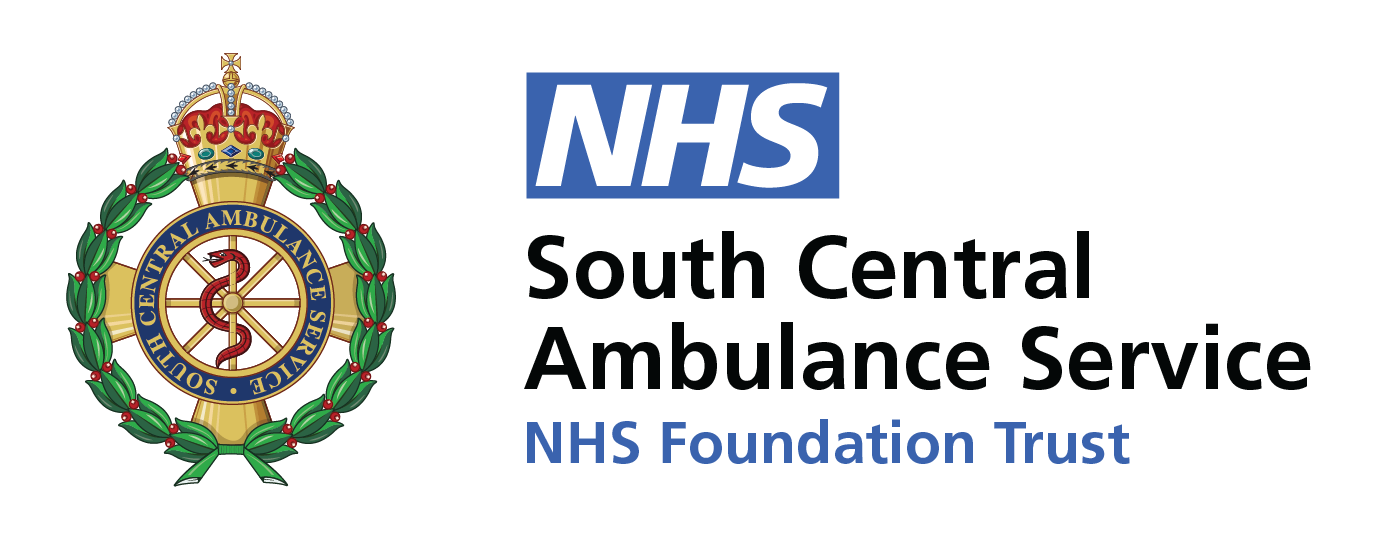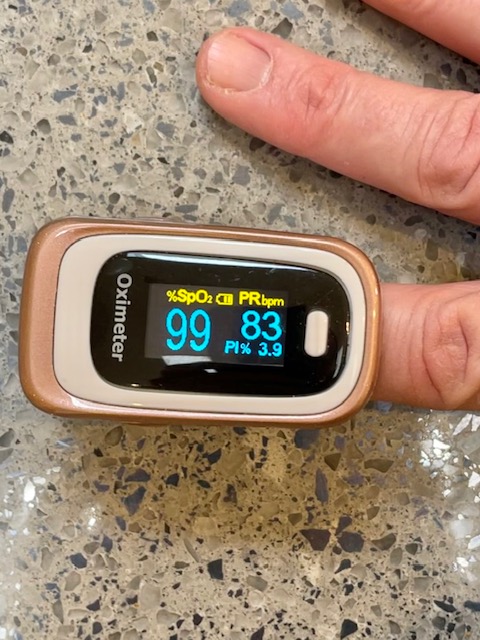The initiative, which began in Hampshire but is now running across the Thames Valley region, will ensure patients who have mild symptoms but have other risk factors, such as age over 65 years, cancer or other health conditions, can monitor their oxygen levels and know when to seek help.
The packs contain a pulse oximeter device, a symptom diary and a set of strict guidelines and are only distributed to patients who require emergency assessment by the ambulance service.
The development follows recent research by clinicians at SCAS which identified that just a slight drop in blood oxygen levels – but within the normal range – could be an early important warning sign of deterioration in patients before the onset of breathlessness.
In most cases of bacteria and non-Covid pneumonia, shortness of breath appears relatively early in the disease and ahead of any significant drop in oxygen levels, known as hypoxia.
However, with COVID-19, a drop in oxygen levels often comes first, which is referred to as “silent hypoxia”, and patients can be significantly unwell by the time they become breathless.
The team, which included SCAS Medical Director Dr John Black and Divisional Medical Director Professor Charles Deakin, studied almost 20,000 patients who called for an ambulance between March 1 and July 31 last year.
They then analysed the oxygen levels of 1,080 confirmed Covid positive patients at the point they were initially assessed by paramedics at home.
Patients whose blood oxygen levels dropped only 1% to 2% below 96% – still within the normal range of 94% to 98% – and showed no signs of shortness of breath often went on to require admission to intensive care and had a lower chance of survival.
Following the study, which was led by Dr Matthew Inada-Kim, a Consultant in General and Acute Medicine at Hampshire Hospitals NHS Foundation Trust and published as a pre-print via medRxiv, NHS England launched a nationwide rollout of its COVID Oximetry @home initiative.
 The project involves supplying home pulse oximetry kits to people who test positive and are at higher risk of complications, such as those with health conditions and the over 65s, with around 300,000 supplied to patients across the country so far by local health systems.
The project involves supplying home pulse oximetry kits to people who test positive and are at higher risk of complications, such as those with health conditions and the over 65s, with around 300,000 supplied to patients across the country so far by local health systems.
The oximeters work by placing a clip on the end of a finger to measure oxygen in the blood and heart rate and, if oxygen levels drop to 94% or 93%, patients are asked to call their GP or NHS 111 – or 999 if it falls to 92% or less.
“Our original research helped to inform the wider rollout of the COVID Oximetry @home project to enable patients in high-risk groups to monitor their blood oxygen levels directly and help ensure timely referral to hospital when indicated,” said Dr Black.
“We are now pleased to be the first ambulance service to offer pulse oximeters to patients along with guidance once we have assessed them and determined they don’t need to be taken to hospital but are at increased risk of their condition changing.
“It provides patients with the reassurance that they can keep regular check on their oxygen levels independently and seek the help they need if their levels drop below 95%, while for us it means our clinicians can leave patients knowing they have the ability to spot any change promptly and take swift action.”
Dr Inada-Kim, who is also the National Clinical Lead for Deterioration at NHS England, said: “SCAS has produced groundbreaking research that has informed national policy and led to the evolution of the COVID home oximetry model and its staff are again leading the way with this new project to help identify patients at risk as early as possible.”
An additional tab is being added to paramedics’ electronic patient record devices to allow them to record the provision of a pulse oximeter to help with a retrospective review of the effectiveness of the initiative.
Dr Black added: “It is hoped that prompt identification of hypoxia through home oximetry will lead to earlier admission to hospital for patients who subsequently deteriorate. This has the potential to improve the clinical outcomes of COVID-19 patients who develop complications.”
If a patient does not suffer any further complications and makes a recovery at home they are asked to return the device after 14 days to their own GP Surgery or to their local COVID Oximetry @home service.
Ends

